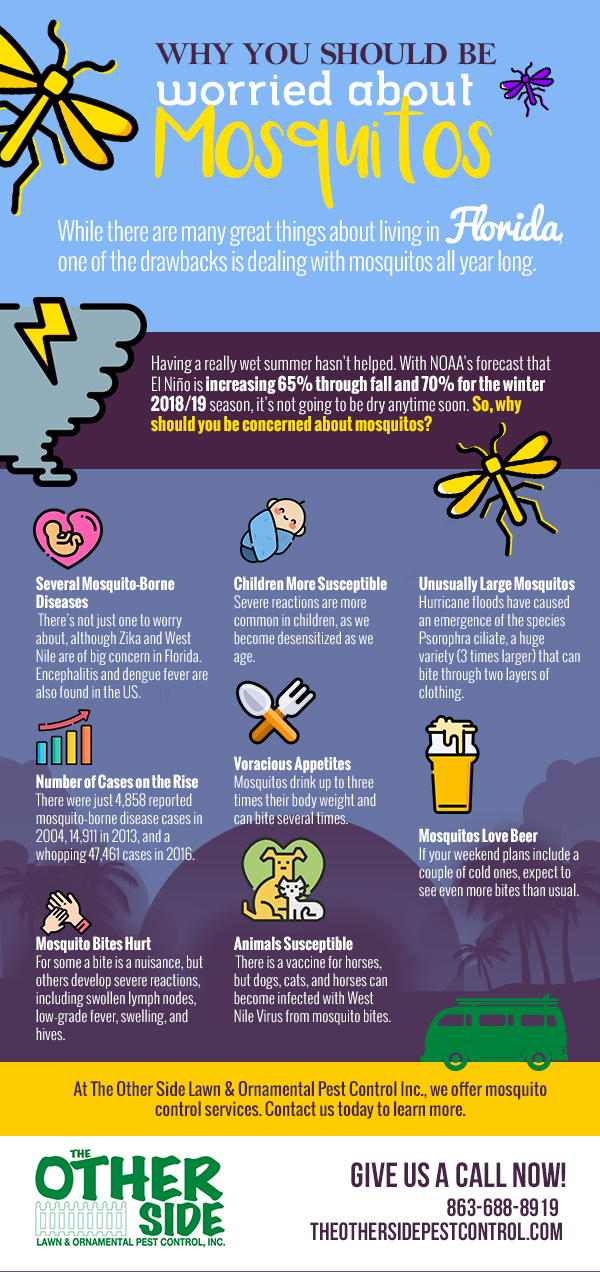The Benefits And Drawbacks Of Chemical Bed Pest Therapies: What You Need To Know
The Benefits And Drawbacks Of Chemical Bed Pest Therapies: What You Need To Know
Blog Article
Created By-Frank Lowery
Did you understand that bed bugs are among one of the most hard bugs to remove? If you're considering chemical treatments to eliminate these pesky creatures, it is essential to weigh the benefits and drawbacks.
In this short article, we'll explore the efficiency of chemical bed pest treatments, the potential health risks related to them, and their effect on the setting.
By recognizing Nesting sites , you'll be better geared up to make an informed choice regarding tackling your bed pest issue.
Performance of Chemical Bed Pest Therapies
You will be pleased to understand that chemical bed insect therapies are typically rather efficient in removing problems. These treatments work by targeting the bed bugs' nerves and interrupting their capacity to feed and recreate. By utilizing chemicals especially developed to kill bed insects, you can effectively remove them from your home.
Among the advantages of chemical therapies is their ability to reach also one of the most hard-to-reach locations, such as cracks and holes where bed bugs like to conceal. Furthermore, chemical therapies can give lasting results, aiding to stop future infestations.
Nonetheless, it's important to follow the directions carefully and take needed security preventative measures when utilizing these treatments.
Prospective Health Risks of Chemical Bed Bug Treatments
There are numerous prospective wellness dangers related to chemical bed insect therapies that you must know. While these therapies can efficiently get rid of bed pests, they may additionally position risks to your health.
One typical risk is the direct exposure to toxic chemicals. The chemicals utilized in these treatments can be unsafe if inhaled or if they enter contact with your skin. Some people might experience allergies or respiratory problems as a result.
In addition, chemical therapies might leave behind residue on surface areas, which can be consumed or absorbed through the skin, causing additional wellness difficulties.
It's important to thoroughly comply with the directions supplied by specialists and take necessary precautions to lessen the potential health and wellness threats connected with chemical bed bug treatments.
Environmental Effect of Chemical Bed Insect Treatments
One potential worry about chemical bed insect treatments is their impact on the setting. When taking into consideration the ecological impact of chemical bed insect treatments, below are four vital aspects to keep in mind:
1. Pesticide drainage: Chemical treatments can possibly pollute water sources, bring about damaging impacts on water life and ecological communities.
2. Air air pollution: The launch of chemical fumes throughout treatment can add to air contamination, influencing not only the environment but likewise human health and wellness.
3. Injury to useful bugs: Chemical therapies may not just target bed insects however likewise injury valuable insects such as and butterflies, which play vital functions in pollination.
4. Long-lasting results: Making use of chemicals may have lasting repercussions on the setting, consisting of soil contamination and disruption of natural ecosystems.
Taking into consideration these factors, it's important to consider the possible risks and advantages of chemical bed pest therapies and discover alternative, much more environmentally friendly choices.
Final thought
So, when it comes to chemical bed bug therapies, there are most definitely pros and cons to consider.
On one hand, they can be extremely efficient in removing these pesky parasites.
However, there are possible health and wellness risks to be familiar with, along with the ecological impact of using chemicals.
It is necessary to consider these factors carefully prior to picking a treatment method.
However, what if there was an additional option? Something that could properly get rid of bed bugs without the downsides?
Remain tuned, because there could just be Integrated Pest Management on the horizon.
